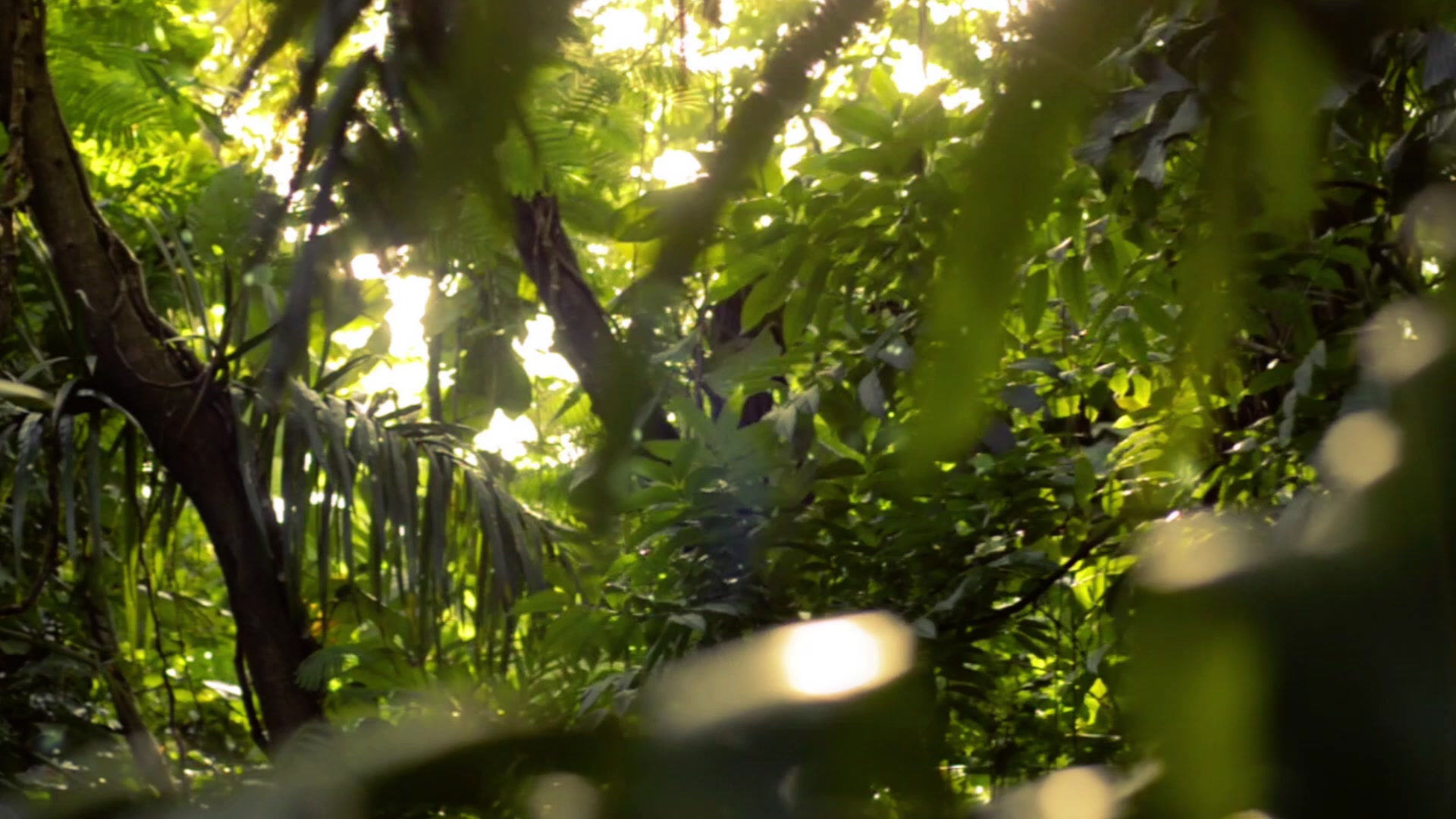


pied-tamarin
Saguinus bicolor (Spix, 1823)
One of the most endangered primates in Brazil

Where do pied-tamarins occur?
The collared marmoset occurs ONLY in Manaus and the surrounding areas of the capital of Amazonas. This small area of occurrence, around the largest city in northern Brazil, puts the collared marmoset populations under enormous pressure.
See below the main threats to the collared tamarin.


Main Threats
Habitat Loss
The expansion of human activities around Manaus is reducing the areas where the collared marmoset occurs. The growth of urban areas, the invasion of forested areas, and the expansion of illegal logging activities are pushing the marmoset populations closer to the human population, putting these magnificent animals at risk.


Run Over and Electrocutions


Population Decline
The result of forest fragmentation and loss of areas, leading to road accidents, electrocutions and attacks by domestic animals, has been a significant reduction in the populations of this species, which could lead to the extinction of these magnificent primates.


With the reduction of forest area and isolating marmoset groups in small forest fragments, the animals are forced to cross highways, walk on the roofs of houses and end up in contact with the power grid. These factors lead to many marmoset deaths every year.
.png)
Preparing Sapucaia Zoo to receive pied-tamarins


Our Project
-
Enclosure with indoor and outdoor areas;
-
Indoor area;
-
for the coldest period of the year;
-
closed with glass to keep the heat in;
-
air conditioning to heat;
-
UV lamps to replace the sun's radiation during winter;
-
modern management areas providing well-being;
-
ornamentation and landscaping;
-
-
Outdoor area:
-
access during spring, summer and part of autumn;
-
area with vegetation and sunbathing spots;
-
.png)

